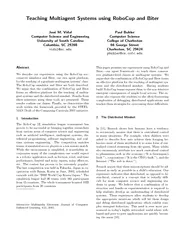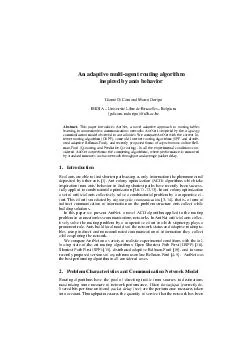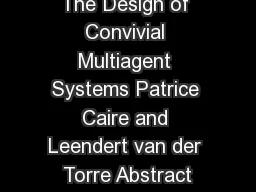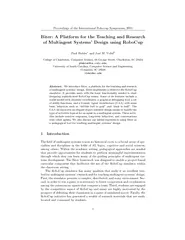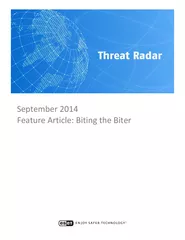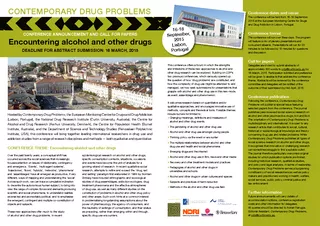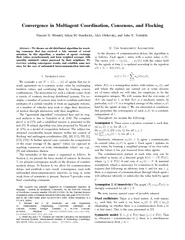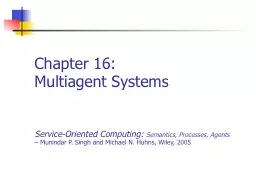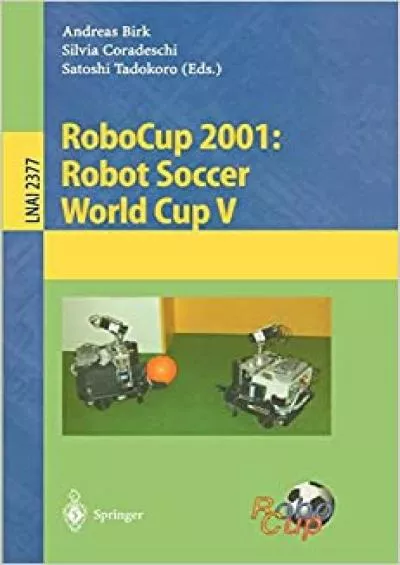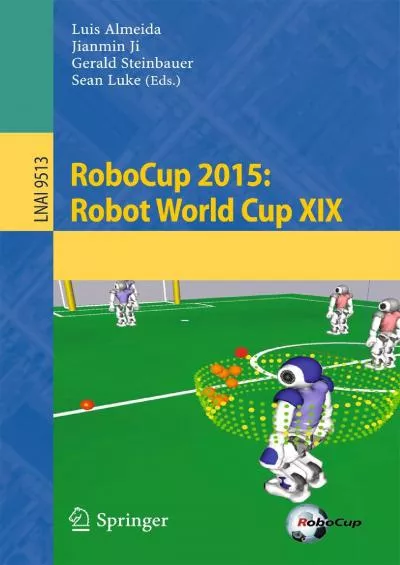PDF-Teaching Multiagent Systems using RoboCup and Biter Jo
Author : faustina-dinatale | Published Date : 2015-05-06
Vidal Computer Science and Engineering University of South Carolina Columbia SC 29208 vidalscedu Paul Buhler Computer Science College of Charleston 66 George Street
Presentation Embed Code
Download Presentation
Download Presentation The PPT/PDF document "Teaching Multiagent Systems using RoboCu..." is the property of its rightful owner. Permission is granted to download and print the materials on this website for personal, non-commercial use only, and to display it on your personal computer provided you do not modify the materials and that you retain all copyright notices contained in the materials. By downloading content from our website, you accept the terms of this agreement.
Teaching Multiagent Systems using RoboCup and Biter Jo: Transcript
Download Rules Of Document
"Teaching Multiagent Systems using RoboCup and Biter Jo"The content belongs to its owner. You may download and print it for personal use, without modification, and keep all copyright notices. By downloading, you agree to these terms.
Related Documents

